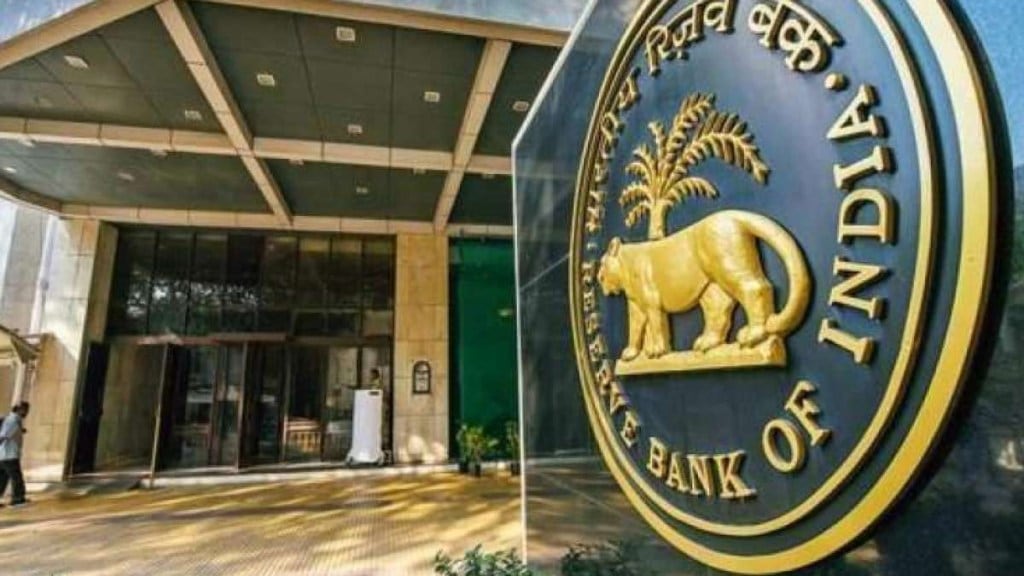While the Reserve Bank of India’s (RBI) Monetary Policy Committee (MPC) voted 5-1 to keep the repo rate unchanged at 6.50 per cent and unanimously voted to change the stance from ‘withdrawal of accommodation’ to ‘neutral’, Barclays said the decision signals towards a rate cut this December. “We think the unanimous vote to change the stance and the omission of the reference in the statement that policy must remain disinflationary clearly suggest that the door has opened for a policy rate cut in December. The governor noted that prevailing and “expected” inflation-growth balance made the MPC decide to change the stance, despite flagging that the unambiguous focus remains on inflation. Indications that conditions at the current juncture suggest that the MPC can be more flexible, and “satisfactory” transmission of rates to the credit market, suggest that the bank is priming the market for a rate cut at the next meeting,” said Shreya Sodhani, Regional Economist, Barclays.
Barclays stated that in line with its earlier estimates suggesting a rate cut in December, the MPC is expected to achieve further clarity about the supply outlook for food, which should assure the bank that m/m pressures on prices are receding. The bank will also get another set of growth prints, which may suggest the need to support activity, it added.
Of the three new external members, Dr Nagesh Kumar voted for a cut during the October 7-9 meeting, while the others voted in line with the internal members. While views of Dr Nagesh Kumar and Prof Ram Singh on policy were relatively unknown, Saugata Bhattacharya was expected to vote for a cut due to his views in August. “We will await minutes of the meeting to gauge the views of the external members,” Barclays report stated.
Three cuts expected in the current cycle
Per Barclays, the RBI is expected to cut rates three times in this cycle, by 75 bps, as compared with 50 bps earlier. With all six members voting for a change in stance, Barclays said that it shows that they are willing to and see the need to have the optionality to act with a potentially quick change in outlook. “In addition, we think growth is gradually, but surely, moderating, as shown by recent high frequency indicators, such as GST tax collections, auto sales, and still not recovering government capex among others. This, in conjunction with continued disinflation, suggests that the “supporting growth” part of the MPC’s mandate will receive greater focus as inflation comes close to target,” said Shreya Sodhani.
Barclays expects cuts to come in consecutive meetings – December 2024, February 2025 and April 2025.
Inflation and growth forecasts offered hints
While forecasts remained unchanged for both growth and inflation – against market expectations – Barclays said that the change in communication offered hints. “The change from significant caution to optimism on food inflation suggests that the bank’s inflation forecast may be closer to ours (~4.3 per cent), but it is cautious of risks from uneven weather and geopolitical tensions. Indeed, we think forecasts for growth and inflation were kept unchanged in order to support the committee’s decision to keep rates on hold in the face of growing calls for cuts,” Shreya Sodhani said.
Further, while highlighting the upcoming increase in September inflation, the governor also highlighted positives from an above-normal monsoon. However, he did note that despite the “greater confidence in navigating the last mile of disinflation”, significant risks remained from adverse weather events, geopolitical tensions and increases in prices for certain commodities. This is why, per Barclays, the bank kept its full year inflation forecast unchanged.
However, the Q2FY25 inflation forecast was reduced to 4.1 per cent from 4.4 per cent, with clear signs from September high-frequency prices that Q2 inflation would fall short of the bank’s forecast. However, the Q3 inflation forecast was increased to 4.8 per cent (+10bp) to make up for it. For Q4 (Jan-March), the bank expects inflation to slip to 4.2 per cent (-10bp), while Q1FY26 inflation is expected to inch up to only 4.3 per cent (-10bp), which supports Barclays view of three cuts in successive meetings.
